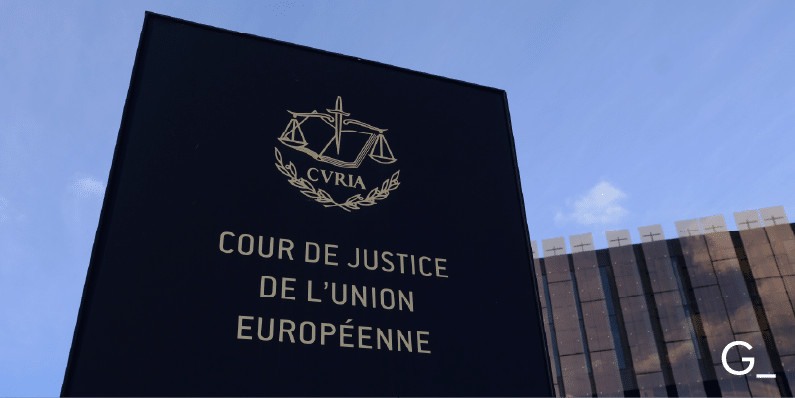[EXAMPLE]
G-BRIS Helps You Detect Early Financial Warning Signals and Gauge Organizational Stability

In the realm of finance and business, the ability to identify potential risks and assess the financial stability of entities is of paramount importance. One invaluable tool for achieving this is the examination of bankruptcy registers. These registers hold a treasure trove of information that can help individuals and organizations spot red flags, make informed decisions, and protect themselves from financial turmoil.
Understanding Bankruptcy Registers
Bankruptcy registers are centralized databases maintained by government authorities, typically accessible to the public. They contain a comprehensive record of individuals and businesses that have filed for bankruptcy. While these registers may seem like a grim repository of financial ruin, they serve a crucial purpose in the world of finance: to provide transparency and accountability.
Why Bankruptcy Registers Matter
Red Flag Identification: Bankruptcy registers serve as a red flag repository. When analyzing these registers, one can identify trends and patterns. Frequent or large-scale bankruptcies within a particular industry or region may indicate systemic issues or economic challenges that warrant caution.
Credit Risk Assessment: For financial institutions and creditors, bankruptcy registers are indispensable tools for assessing credit risk. Examining a potential borrower’s bankruptcy history provides insights into their financial responsibility and the likelihood of repayment.
Market Research: Businesses can gain valuable market insights by studying bankruptcy registers. This data can help them understand which industries are thriving and which are struggling, allowing for more informed investment decisions.
Due Diligence: When considering partnerships, mergers, or acquisitions, a thorough examination of bankruptcy registers can uncover any hidden liabilities or risks associated with the target company. This due diligence is crucial to avoid potentially catastrophic financial entanglements.
Key Red Flags to Look For
Frequency of Filings: Individuals or companies with a history of repeated bankruptcy filings should raise significant concerns. This suggests a pattern of financial mismanagement or an inability to adapt to changing economic conditions.
Size of Debts: The magnitude of debts discharged in a bankruptcy case can indicate the scale of financial distress. Large debts may signal that a business or individual was in deep financial trouble before seeking bankruptcy protection.
Closely Timed Filings: Rapidly filed bankruptcies, especially multiple filings within a short timeframe, can be indicative of strategic manipulation or attempts to avoid financial responsibilities.
Legal Troubles: Instances of fraud, misrepresentation, or legal disputes related to a bankruptcy case should not be taken lightly. Such issues can reveal unethical behavior or attempts to game the system.
Assessing Financial Stability
While bankruptcy registers are invaluable for spotting red flags, assessing financial stability requires a more holistic approach. Here are some additional steps to consider:
- Financial Statements: Reviewing audited financial statements, income statements, and balance sheets can provide a clearer picture of an entity’s financial health.
- Cash Flow Analysis: Understanding cash flow patterns and liquidity is essential. Positive cash flow can indicate a healthy financial situation, while consistent negative cash flow may suggest ongoing financial challenges.
- Credit Reports: Personal and business credit reports offer insights into an entity’s credit history, including outstanding debts, repayment patterns, and credit utilization.
- Market Trends: Consider the broader economic landscape and industry-specific trends. A company’s financial stability can be influenced by external factors beyond its control.
Bankruptcy registers are powerful tools for identifying red flags and assessing financial stability. However, they should be part of a comprehensive due diligence process that includes examining financial statements, cash flow, credit reports, and market trends. By combining these elements, individuals and organizations can make informed financial decisions and protect themselves from potential risks and pitfalls. Remember, knowledge is the best defense in the world of finance, and bankruptcy registers are a valuable source of such knowledge.


